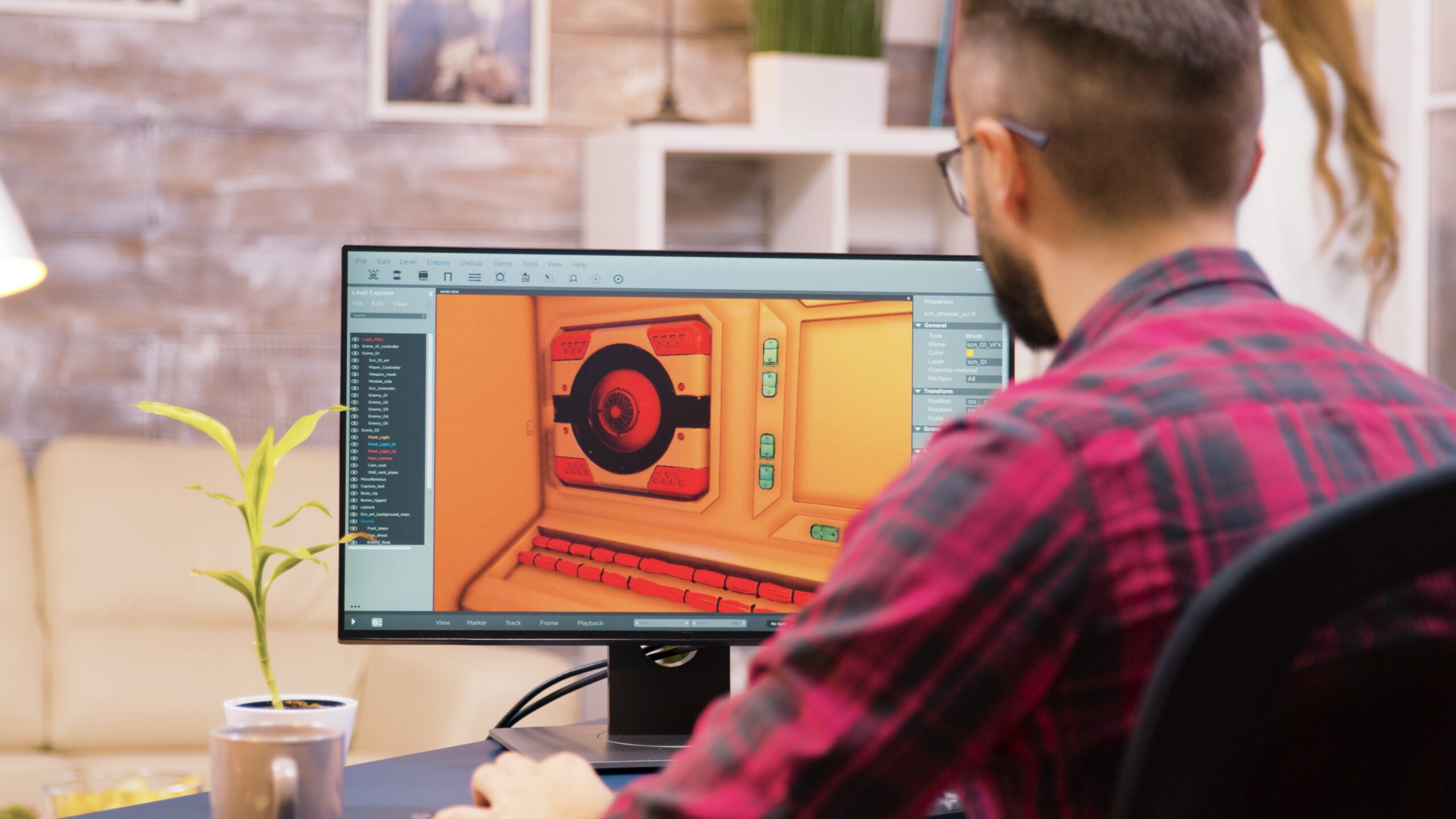Mastering the art of animating fluid dynamics can open up a world of creative possibilities in the animation industry. Fluid dynamics animation involves simulating the behavior of liquids, gases, and other fluid substances to create realistic and visually stunning effects in animations.
Whether you are a seasoned animator looking to expand your skill set or a beginner eager to dive into the world of fluid dynamics animation, mastering this art form can set you apart in the competitive animation industry.
Understanding the Basics of Fluid Dynamics Animation
To master animating fluid dynamics, it is essential to have a solid understanding of the principles that govern the behavior of fluids. Fluid dynamics is a branch of physics that deals with the study of how fluids flow and interact with their surroundings.
When it comes to animation, simulating fluid dynamics involves replicating the way liquids and gases move, flow, and react to external forces in a digital environment.
Key concepts in fluid dynamics animation include viscosity, density, surface tension, turbulence, and buoyancy. Viscosity refers to the thickness or resistance to the flow of a fluid, while density is the measure of how much mass is contained in a given volume of fluid.
Surface tension influences the behavior of fluids at the interface between different substances, while turbulence describes chaotic and unpredictable flow patterns. Understanding these concepts is crucial for creating realistic fluid simulations in animations.
Mastering Fluid Simulation Software
To bring fluid dynamics animations to life, animators rely on specialized software that allows them to simulate the behavior of fluids in a digital environment. Popular fluid simulation software programs such as Autodesk Maya, Houdini, and RealFlow provide animators with powerful tools to create realistic fluid effects, such as splashing water, swirling smoke, and flowing lava.
Knowing these software programs requires hands-on experience and practice. Animators must learn how to set up fluid simulations, adjust parameters such as viscosity and density, and fine-tune the behavior of fluids to achieve the desired visual effects.
Additionally, understanding how to optimize simulations for efficiency and render times is essential for creating high-quality fluid dynamics animations.
Experimenting with Different Fluid Effects
One of the most exciting aspects of animating fluid dynamics is the ability to experiment with a wide range of fluid effects to create unique and visually captivating animations. From simulating realistic water splashes and ripples to creating fantastical lava flows and magical potions, the possibilities are endless when it comes to fluid dynamics animation.
By experimenting with different fluid effects and pushing the boundaries of what is possible, animators can develop their skills and create standout animations that showcase their creativity and technical proficiency.
Pursuing Education and Training Opportunities
For aspiring animators looking to master fluid dynamics animation, pursuing education and training opportunities can provide valuable insights and hands-on experience in this specialized field. Institutions such as New York University (NYU) offer courses and programs in animation that cover topics related to fluid dynamics and simulation techniques.
Additionally, platforms like Yellowbrick provide online courses and resources for aspiring animators to learn the fundamentals of fluid dynamics animation from industry professionals. By taking advantage of these educational opportunities, animators can enhance their skills, stay up-to-date on the latest trends and technologies in the animation industry, and build a strong foundation for a successful career in fluid dynamics animation.
Building a Strong Portfolio
In the competitive animation industry, having a strong portfolio that showcases your skills and creativity is essential for standing out to potential employers and clients. When mastering the art of animating fluid dynamics, it is important to include examples of your fluid simulations in your portfolio to demonstrate your proficiency in this specialized area of animation.
Exploring Career Opportunities in Fluid Dynamics Animation
With the demand for skilled animators and visual effects artists on the rise, mastering the art of animating fluid dynamics can open up a variety of exciting career opportunities in the animation industry. From working on blockbuster films and animated series to creating immersive virtual reality experiences and interactive simulations, animators with expertise in fluid dynamics animation are in high demand.
Some of the top job roles in fluid dynamics animation include fluid simulation artist, effects animator, technical director, and visual effects supervisor. These roles require a combination of artistic talent, technical skills, and a deep understanding of fluid dynamics principles to create compelling and realistic fluid simulations in animations.
Conclusion
Mastering the art of animating fluid dynamics is a rewarding journey that can lead to a successful and fulfilling career in the animation industry. Whether you are a seasoned professional or a budding animator, honing your skills in fluid dynamics animation can set you on the path to success and open up a world of creative possibilities in the world of animation.
Key Takeaways:
- Understanding the basics of fluid dynamics animation is crucial for creating realistic fluid simulations in animations.
- Mastering fluid simulation software such as Autodesk Maya and Houdini is essential for bringing fluid dynamics animations to life.
- Experimenting with different fluid effects allows animators to showcase creativity and technical proficiency in their animations.
- Pursuing education and training opportunities, such as the NYU Animation Industry Essentials online course, can enhance skills and provide valuable insights into fluid dynamics animation.
- Building a strong portfolio showcasing fluid dynamics animations can help animators stand out to potential employers and clients.
- Exploring career opportunities in fluid dynamics animation, including roles like fluid simulation artist and visual effects supervisor, can lead to a successful and fulfilling career in the animation industry.
For further advancement in mastering the art of animating fluid dynamics and pursuing a successful career in animation, consider taking the NYU Animation Industry Essentials online course and certificate program offered by Yellowbrick.
This comprehensive program can provide you with the knowledge and skills needed to excel in the dynamic world of fluid dynamics animation.



